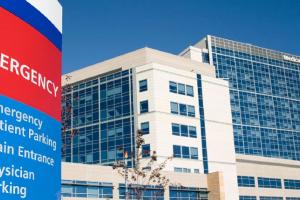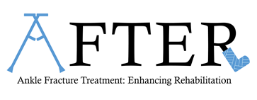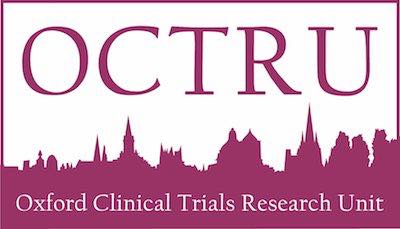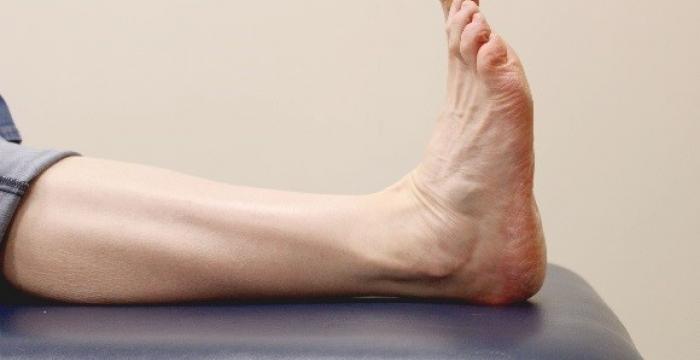Welcome to the AFTER Trial Website.
AFTER – Ankle Fracture Treatment: Enhancing Rehabilitation
Broken ankles represent a high proportion of injuries treated in the National Health Service (NHS). The most severe injuries require surgery or casting to align the bones until healing has occurred. An increasing number of these injuries are in adults over 50 years old as the age of the population is rising. For older adults, an ankle injury can be the start of a decline in their ability to move around confidently as the limb can feel weak, walking is difficult, balance worsens and a fear of falling is common. We recently conducted a study which found that, on average, older adults lost around 30% of their ankle function at 6 months after breaking their ankle.
In the NHS, physiotherapy provision after acute fracture treatment with a surgery or a cast varies from hospital to hospital. Some patients may not get any physiotherapy, although most do, and usual care is generally a session of advice with occasionally the option of a further one or two sessions follow-up. In clinical trials to date longer courses of supervised physiotherapy have not shown advantages for patients, compared with a single session of advice. However, these studies have not focussed specifically on the needs of older adults, who may have more complex needs.
Purpose of this study.
This small study will help us plan a larger study that will aim to compare two different ways of treating people with a broken ankle.Both are routinely used across the NHS but we don’t know which is better than the other.
The AFTER study has been developed with patients and healthcare professionals, including physiotherapists and doctors. Their experience and knowledge have been used to plan a study that could provide an answer as to how much physiotherapy is the right amount. The trial will run as if it were the larger study. People who take part would receive everything that would be in the larger study. The biggest difference is that fewer people would be asked to take part. Only 48 participants will be recruited, whereas in the larger study it would be over 200 patients.







